-
Working over Christmas in Dunkirk
As the ship was in a refit and I was on Nights was looking at some of the places to visit but most are shut from November till April, been to Dunkirk several times (all work related) but never had the chance to have a good look around, got out for a run a few times on the beach front and on a dry day got down to the Memorial & Cemetary.
The cemetary has two parts dedicated to War graves, one small part from WW1 and part of the commonwealth war Graves, the other a Memorial and cemetary to the fallen of the BEF and those in the evacuation and operation Dynamo at Dunkirk.
Quite moving but one Grave did stand out as a laminated Picture was drapped over the headstone, as I crouched down to look, it was a photo probably taken not long after the War as the grave was marked by a cross and not the headstone that is there today, the photo showed a couple at the grave, I turned it over and on the back read "His Mum and Dad"
Few pics below,
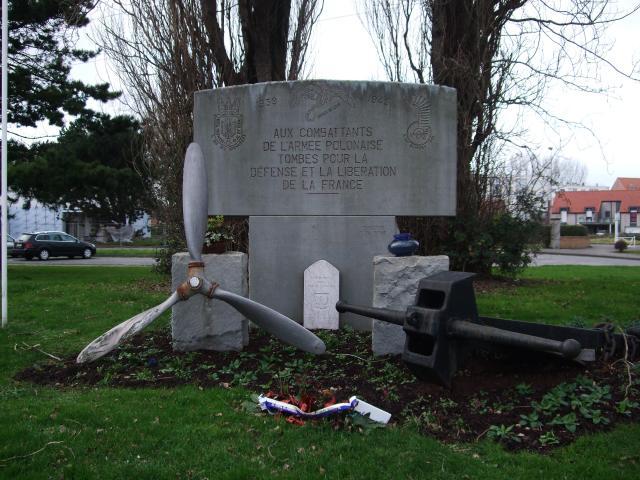
The two below are of the WW1 Graves the crosses are the Graves of belgium forces.
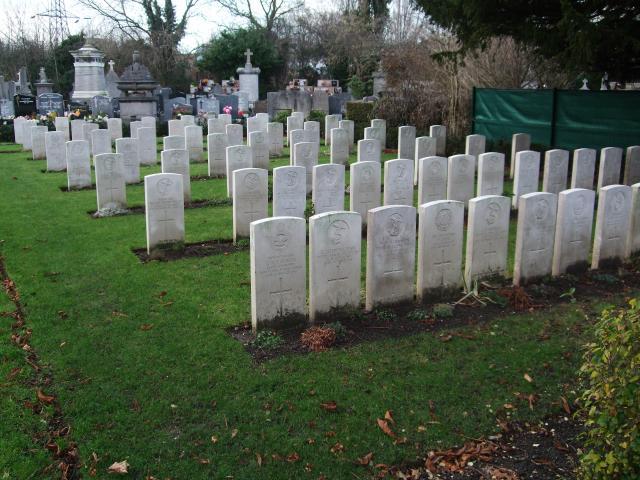
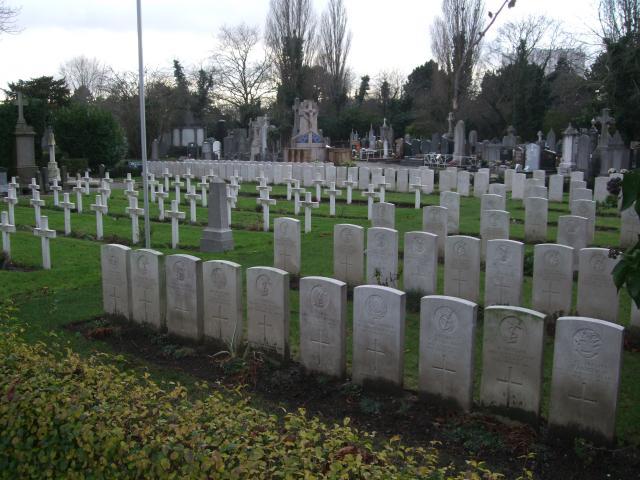
The ones below speak for themselves,
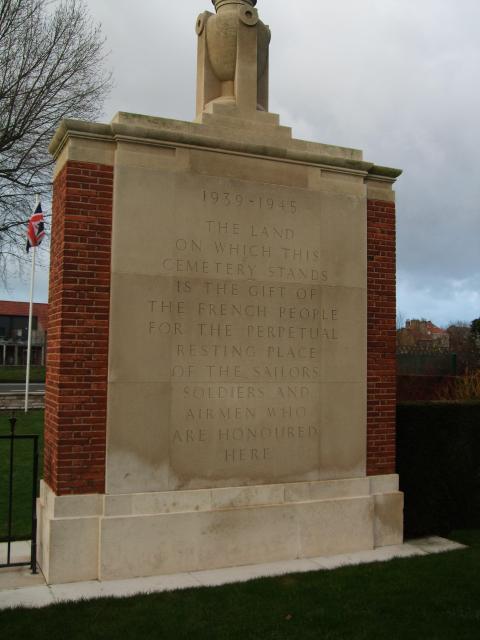
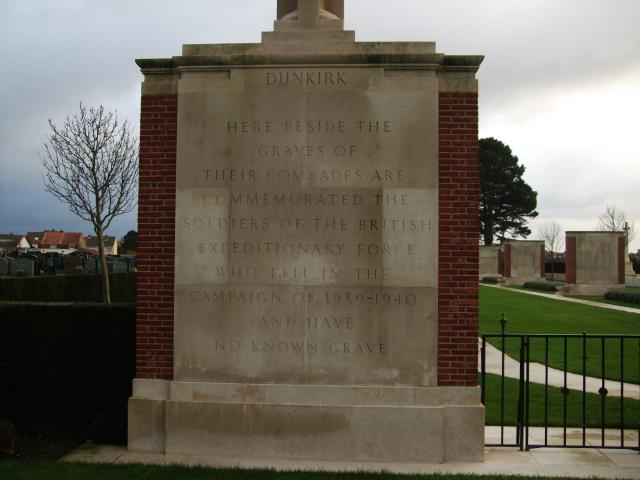
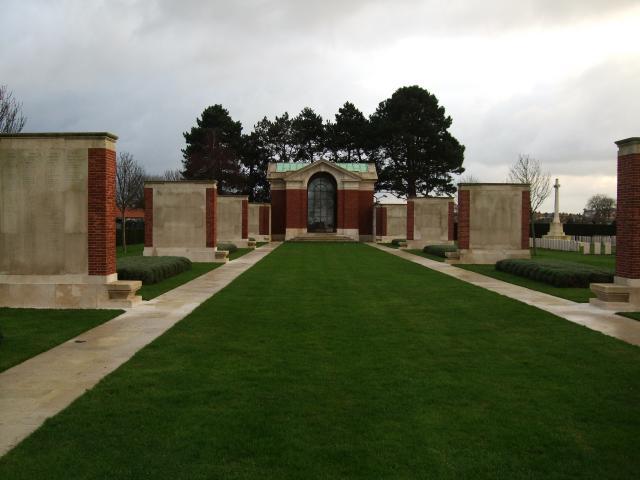
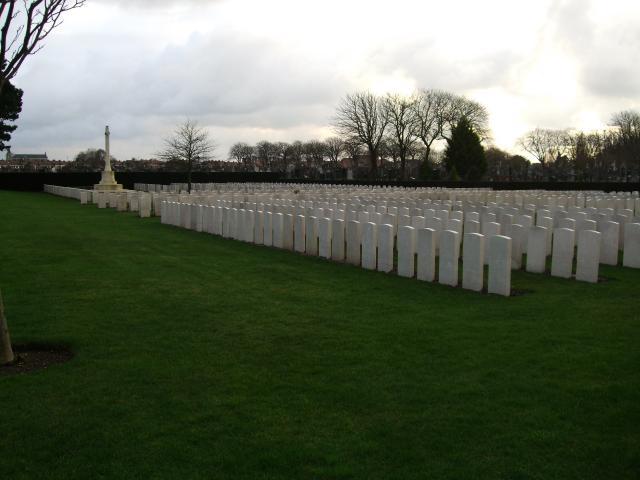
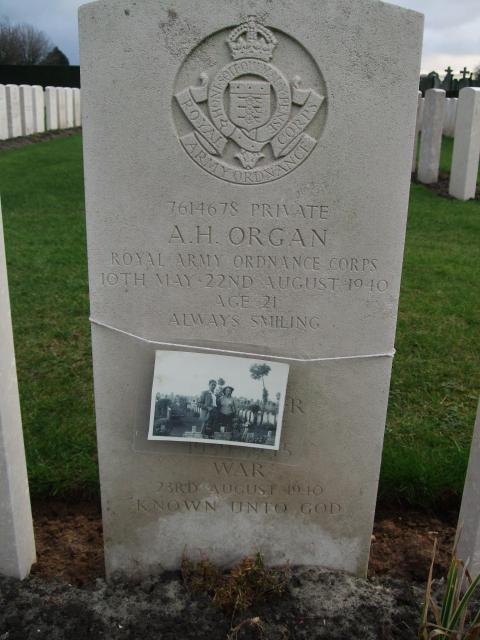
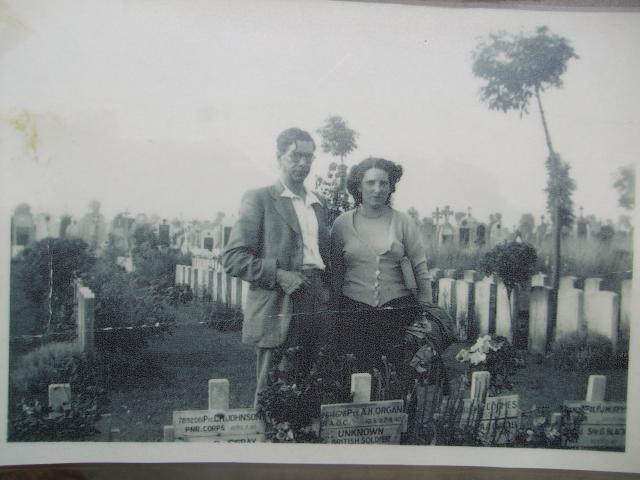
The last two are of the church in the town centre, story that I was told many years ago it was a place were either resisitance or collabirators were exicuted, I dont know if this is just a myth and cant find any info regarding this but the church has suffered a lot of War damage but the area in question does stand out.
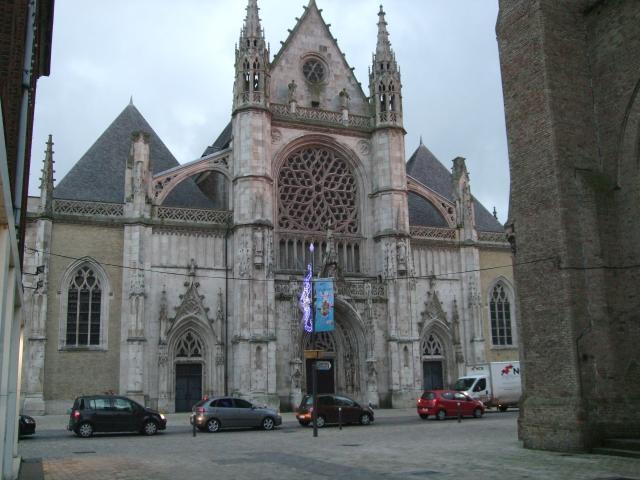
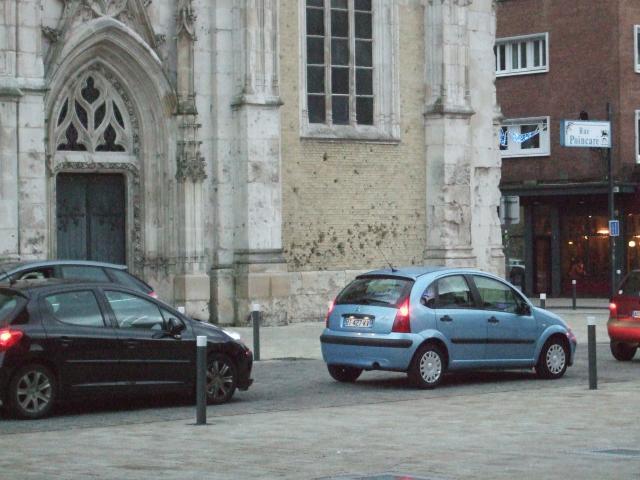
Information
 |
Warning: This is a relatively older thread
This discussion is older than 360 days. Some information contained in it may no longer be current. |
|
Last edited by bigduke6; 12-31-2014 at 03:16 PM.
-
The Following 9 Members Say Thank You to bigduke6 For This Useful Post:
-
12-31-2014 07:34 AM
# ADS
Friends and Sponsors

-
Advisory Panel


By the bullet strikes on the church side, I'd say there's something to the story.
-
-
Legacy Member

I believe that at one time the grave markers were in the middle between two rows of graves; meaning two rows of graves, one row of crosses/markers - head to head with the marker between.
-
-
It's quite common to find more than one name (or a name & a known unto God) on one stone, due to the difficult circumstances in which many of the burials took place at the time, with sometimes two men to a grave. As you might expect it tends to be seen on WW1 battlefields in cemeteries that were nearer the front line & therefore liable to attention from the enemy.
-
Thank You to Roger Payne For This Useful Post:
-
Advisory Panel


Lots of these graves were a long trench and when the sketch was submitted the stones were made up...they were layed close together and this sort of thing would result. Two together? Sure, why not?
-
-
Contributing Member

The above picture you show is that of Saint Eloi Church in Dunkirk town with bullet damage to the sturcture. I can't find any local record of any SS or Wehrmacht killings of either Prisoners/Resistance or Collaberators shot at, in or near the church, however, there was some feirce fighting in the town by the British rearguard of Operation Dynamo the codename for the evacuation of the expeidtionary force.
rearguard of Operation Dynamo the codename for the evacuation of the expeidtionary force.
There were also a lot of massacres by the SS on various units around Dunkirk as they became frustrated with numbers of prisoners falling into their arms as they swept through France .
.
One of the most famous and gutless massacres by troops of the SS Totenkopf Division massacred 99 surviving officers and men of the Norfolk Regiment at Creton Farm near the village of Le Paradis after they had been forced to surrender.
Last edited by Gil Boyd; 01-02-2015 at 12:00 PM.
'Tonight my men and I have been through hell and back again, but the look on your faces when we let you out of the hall - we'd do it all again tomorrow.' Major Chris Keeble's words to Goose Green villagers on 29th May 1982 - 2 PARA
-
-
Probably the biggest massacre of all was at Oradour-sur-glane in 1944.....
-
-
Advisory Panel



Originally Posted by
Gil Boyd

there was some feirce fighting in the town
I guess too, the visual of the great church in Germany called the Dome on the Koln river comes to mind. Lots of strike on that building, and one end shattered and re-built. This could be the same. It happens when you hold a war in your town.
called the Dome on the Koln river comes to mind. Lots of strike on that building, and one end shattered and re-built. This could be the same. It happens when you hold a war in your town.
-
-
Contributing Member

It saddens me when I see WW2 films depicting hundreds of vehicles/weapons etc left behind and discarded, as men were being evacuated from the beaches of Dunkirk. Thousands of men of a well trained British Army pushed back into the sea, as if they meant nothing, and having to be picked up by limited assets of the Royal Navy and in the most part volunteers in their own leisure craft.
Army pushed back into the sea, as if they meant nothing, and having to be picked up by limited assets of the Royal Navy and in the most part volunteers in their own leisure craft.
What an interesting period of the beginning of the war that was. The most powerful navy in the world at the time, with more men in the Forces than you could shake a stick at, and still we waited until we had our backs to the wall and a possible invasion looming before we were able to look once more like a responsive military power, capable of saving itself and its country!!
Dunkirk, had failings, and probably much was to do with the weaponry we had at the time, with no effective tanks to respond to the mightier German prepared designs. All this is just in my humble opinion, but we did have good personal issue weapons like the Bren and the Lee Enfield Rifle
prepared designs. All this is just in my humble opinion, but we did have good personal issue weapons like the Bren and the Lee Enfield Rifle , and men who initially when they first went across, had the guts to sort things out, only later leading to the evacuation, of what were Lions led by Donkeys.
, and men who initially when they first went across, had the guts to sort things out, only later leading to the evacuation, of what were Lions led by Donkeys.
We should have been able to hold our own when you analyse the numbers, so was it the tactics employed by our remotely controlled Generals and leadership or was it being out classed on weaponry or a bit of both?
Last edited by Gil Boyd; 01-03-2015 at 04:55 AM.
'Tonight my men and I have been through hell and back again, but the look on your faces when we let you out of the hall - we'd do it all again tomorrow.' Major Chris Keeble's words to Goose Green villagers on 29th May 1982 - 2 PARA
-
-
Legacy Member

Gil, None of us were there to really know the truth. All we can do is read the written histories, the biographies, autobiographies and memoirs of those who were, and speculate based upon our understanding of the recorded events. Truthfully, that is all the latter day historians do in the first place.
That said, my guess, speculation (opinion really), is that it had a good deal less to do with what the BEF had or did, what its leaders did right or wrong and had much more with what the Germans did right - and to a lesser degree, with what the French may have done right or wrong. Obviously, the German
may have done right or wrong. Obviously, the German 's mobility, tactics and use of close air support all had decisive effects. Then too, one could offer that the Germans benefited from lessons learned both in 1914 and during their involvement in the Spanish Civil War. The German involvement in Spain at the least provided them with a proving ground for their close air support aircraft and concepts.
's mobility, tactics and use of close air support all had decisive effects. Then too, one could offer that the Germans benefited from lessons learned both in 1914 and during their involvement in the Spanish Civil War. The German involvement in Spain at the least provided them with a proving ground for their close air support aircraft and concepts.
-
 Information
Information


























 PM
PM










